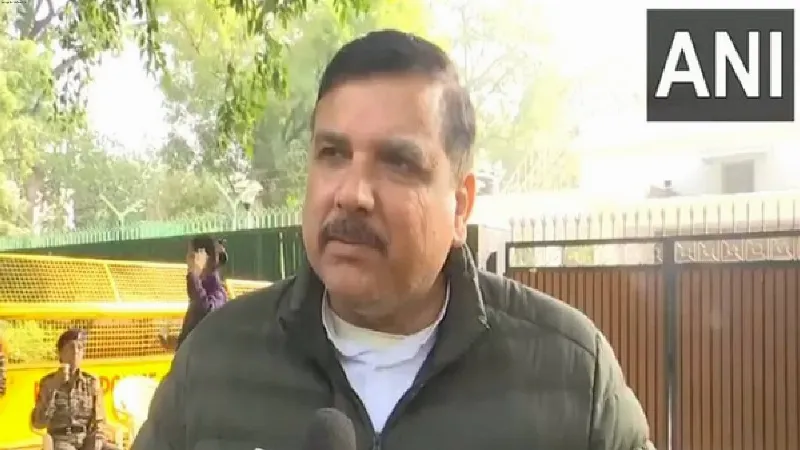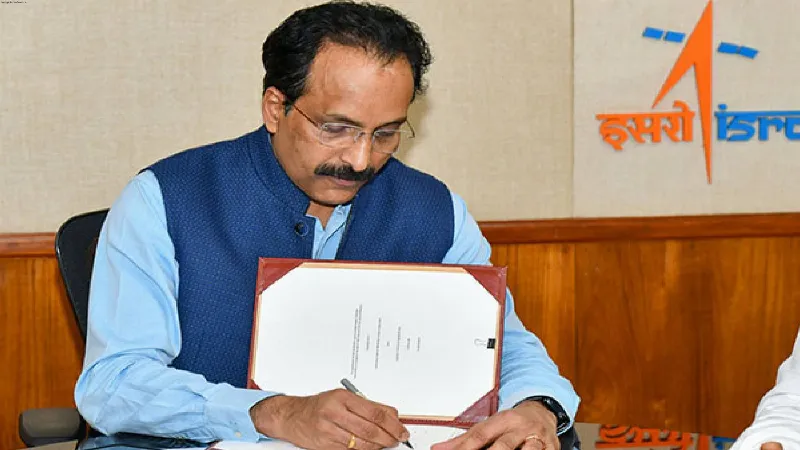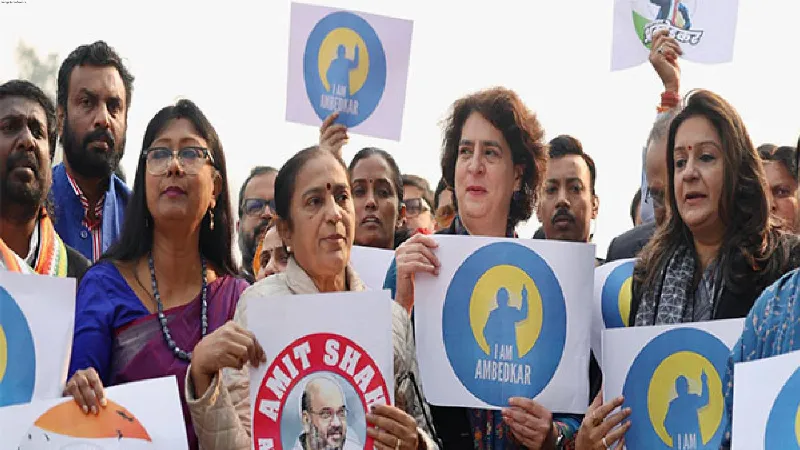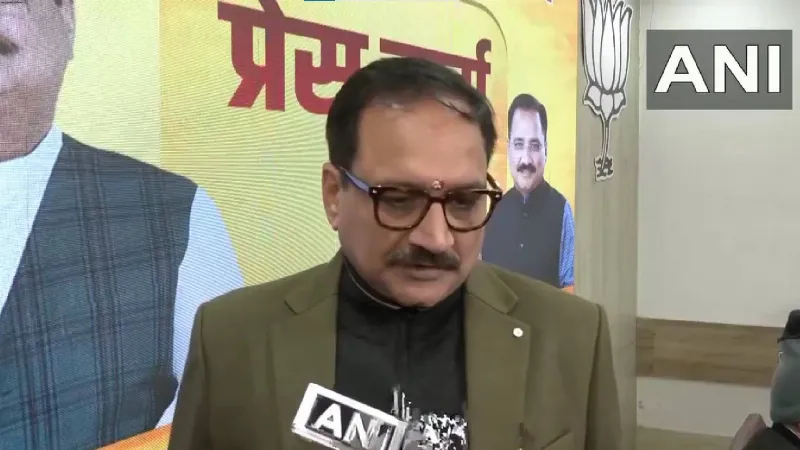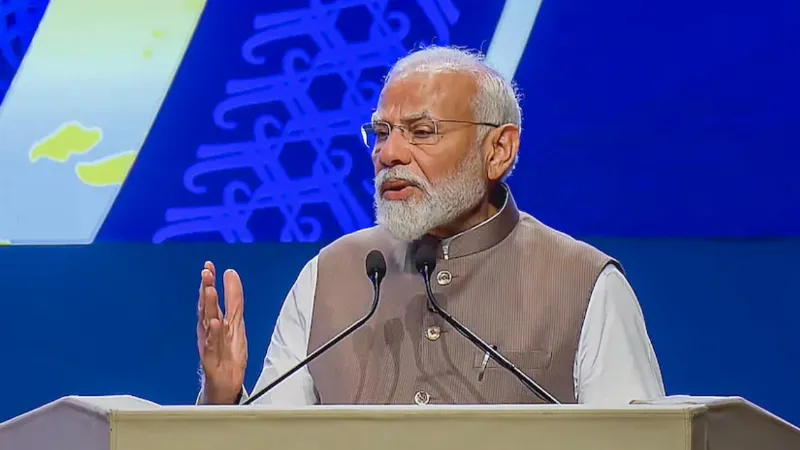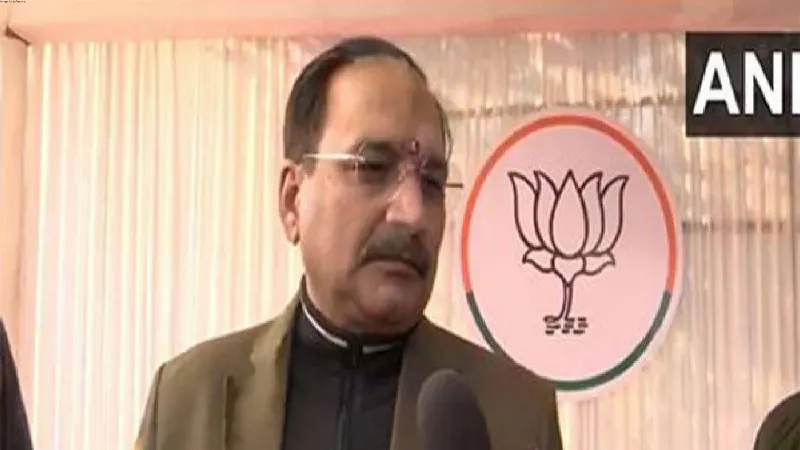New Delhi: The outlook for the Indian economy appears bright, reiterated the Ministry of Finance in its monthly economic review, supporting its argument saying prospects of healthy Rabi crop harvesting, sustained profitability in the manufacturing sector, underlying resilience in the services sector are expected to support economic activity in the upcoming financial year 2024-25.
The bedrock of firm growth could be attributed to underlying strong private consumption.
The Reserve Bank of India (RBI) has forecasted India's real GDP to grow at 7 percent in 2024-25, with risks evenly balanced.
Driven by a better-than-expected performance in Q2 of 2023-24 and above 7 per cent growth projection for 2023-24, many global agencies have revised India's growth projection in the upward direction.
Many global agencies have revised India's growth projections for 2023-24 upward from levels that were already higher than those of the major economies. Three successive years of high growth demonstrate the resilience of the Indian economy, built on the reforms of the past decade and reinforced by the testing experience of the once-in-a-century pandemic.
This, according to the monthly economic review of the Ministry of Finance, reflects the resilience of the Indian economy to sustain its growth path amidst ongoing geopolitical headwinds.
Without getting into specifics, the review report also said the measures announced in the interim Union Budget are expected to play a pivotal role in supporting India's growth journey ahead.
The review report also touched upon the central government's endeavour to maintain fiscal prudence by virtue of narrowing down its fiscal deficit target.
"Amidst changing spending patterns, the government's commitment towards fiscal consolidation has not been compromised, as it stands firm to follow the glide path," the report said.
The central government has lowered its fiscal deficit estimate for 2023-24 to 5.8 per cent of nominal GDP, compared to the Budget estimate of 5.9 per cent, and stands committed to lowering it further to 5.1 per cent in 2024-25.
The difference between total revenue and total expenditure of the government is termed as fiscal deficit. It is an indication of the total borrowings that may be needed by the government.
Touching upon India's export environment, the global slowdown led to a slowdown in demand for India's merchandise exports.
"Global slowdown, especially in India's major trading partners, has led to a slowdown in demand for India's merchandise exports. At the same time, there has been a decline in the overall value of imports due to a fall in international commodity prices, which spiked after the outbreak of the Russia-Ukraine conflict," the report said.
This has led to a narrowing of India's merchandise trade deficit in the first ten months of 2023-24.
"A narrowing merchandise trade deficit, coupled with rising net services receipts, is expected to result in an improvement in India's current account deficit. As far as the capital account is concerned, India's strong macroeconomic fundamentals, high growth and stable business environment have boosted Foreign Portfolio Inflows (FPIs)."
Further, the ministry's review report noted inflationary pressures in India have moderated in January 2024 due to a fall in food as well as core inflation. The recent measures announced by the government to control food prices are likely to reduce inflation further, it said.
"The expectations of the fading away of El Nino and the forecast of a normal monsoon bodes well for a better-than-normal kharif sowing," it stated.


.jpg)







